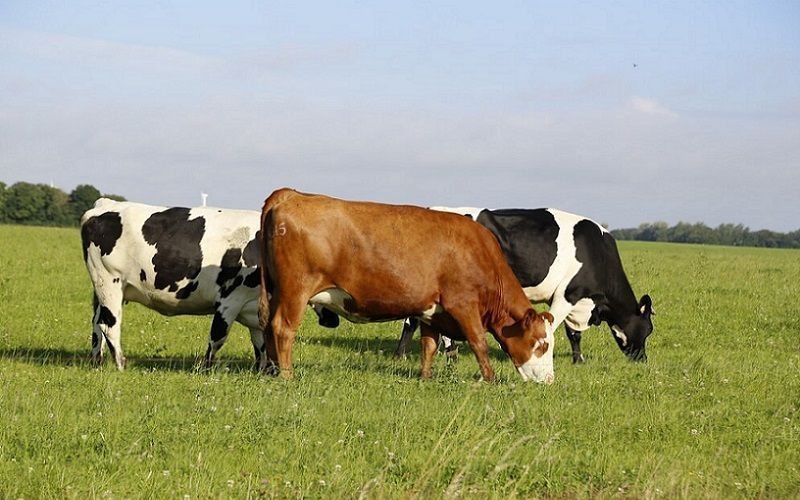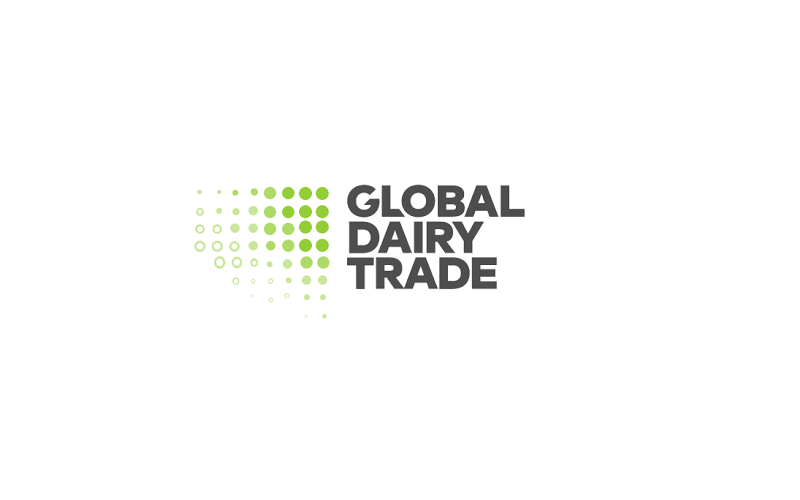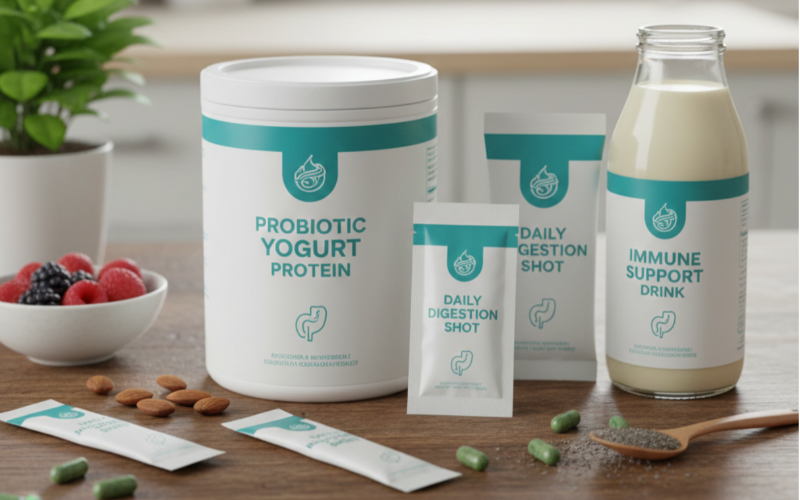Multispecies Swards and Reduced Nitrogen: A Win-Win for Dairy Farming

The recent study published in the Journal of Dairy Science highlights an innovative approach for dairy farmers striving to optimize production while cutting down on chemical nitrogen (N) fertilizer usage. Conducted by the Grassland Science Department at Teagasc Moorepark, the research proposes a win-win solution for both productivity and sustainability in the dairy industry.
Research Insights
The study, spearheaded by Walsh Scholar Alann Jezequel during his PhD, investigated the role of diverse pasture species in maintaining farm productivity. By comparing three pasture systems—a perennial ryegrass (PRG) monoculture, a PRG-white clover mix, and a multispecies sward (MSS)—the study evaluated their performance under reduced nitrogen inputs over three years.
Cows grazing on the multispecies sward demonstrated the highest yields, producing an average of 5,297kg of milk and 476kg of milk solids per lactation. This surpasses the yields from other systems, placing MSS as a front-runner in sustainable dairy farming.
Environmental and Economic Advantages
By adopting multispecies and clover-based swards, farmers can not only sustain high productivity levels but also achieve significant reductions in chemical fertilizer dependency. Research Officer Brendan Horan emphasized the environmental benefits, such as lower greenhouse gas emissions and nitrate leaching, aligning with the EU’s climate and biodiversity goals.
Implications for the Dairy Sector
This research provides a viable pathway for future-proofing dairy farms against increasing input costs while aligning with global sustainability targets. As the industry seeks eco-friendly practices, multispecies pastures present a promising avenue for both economic and environmental sustainability.











